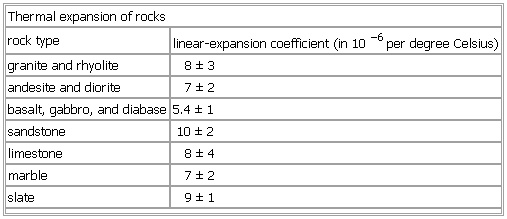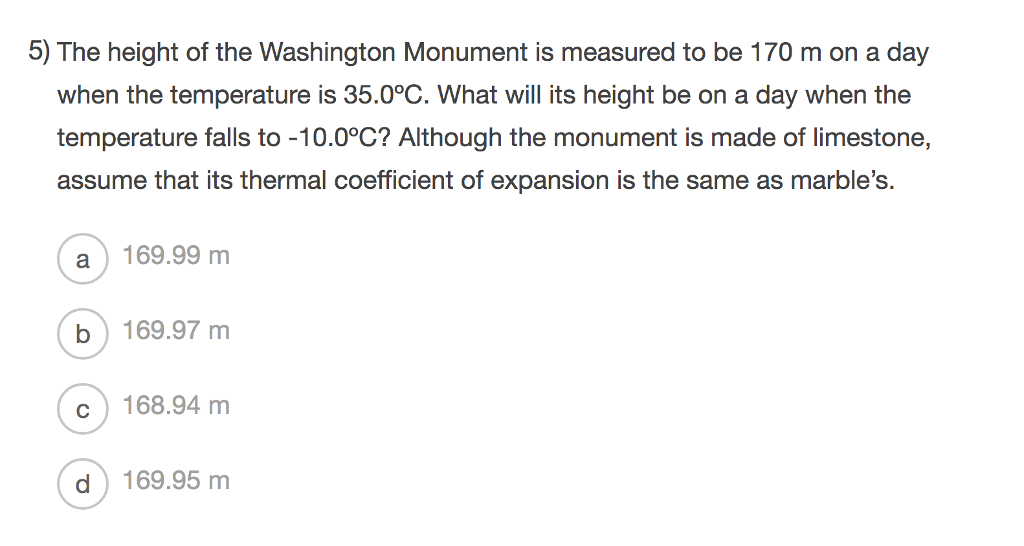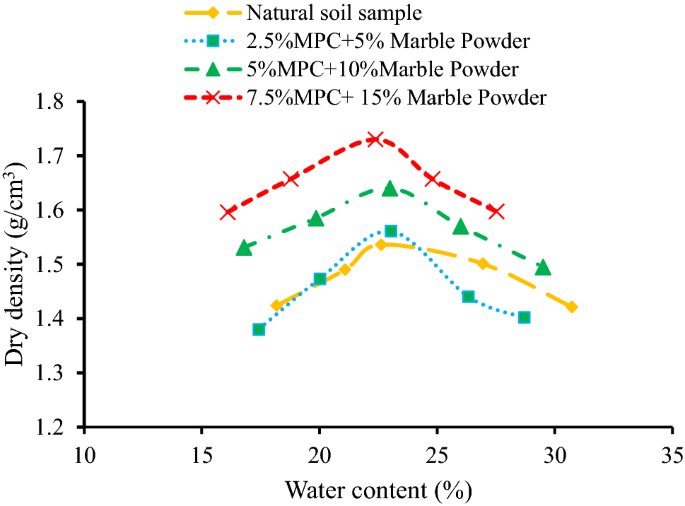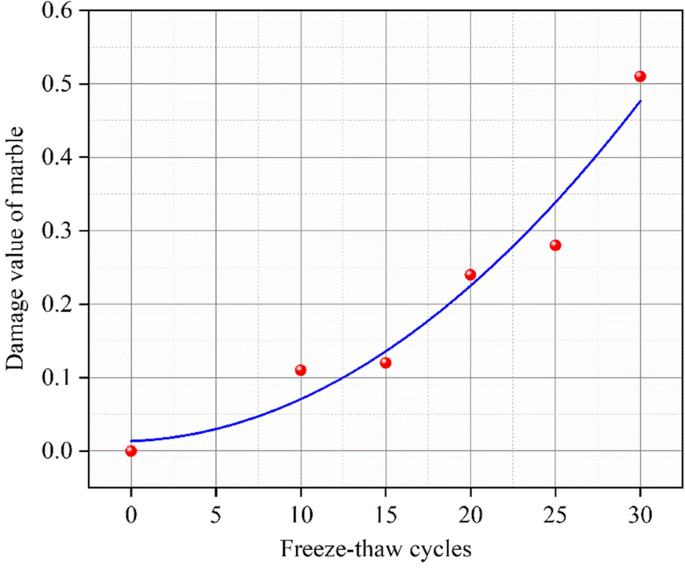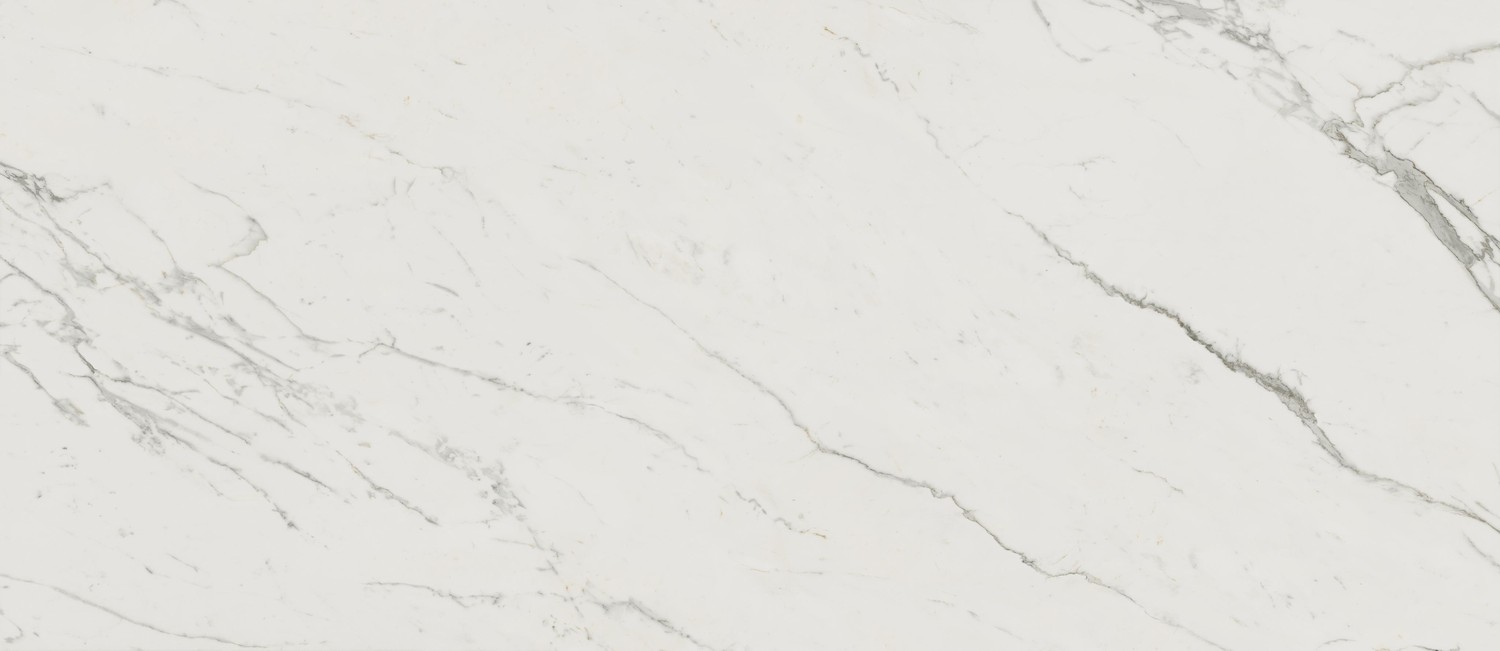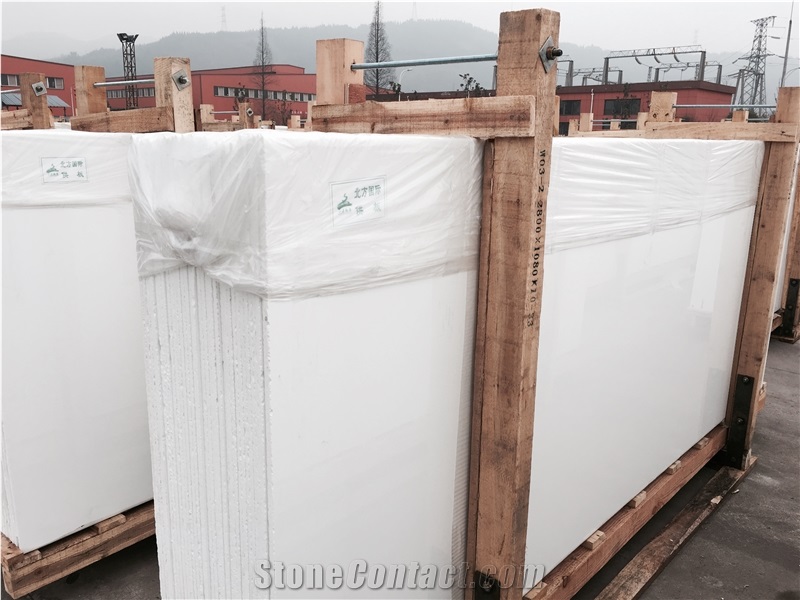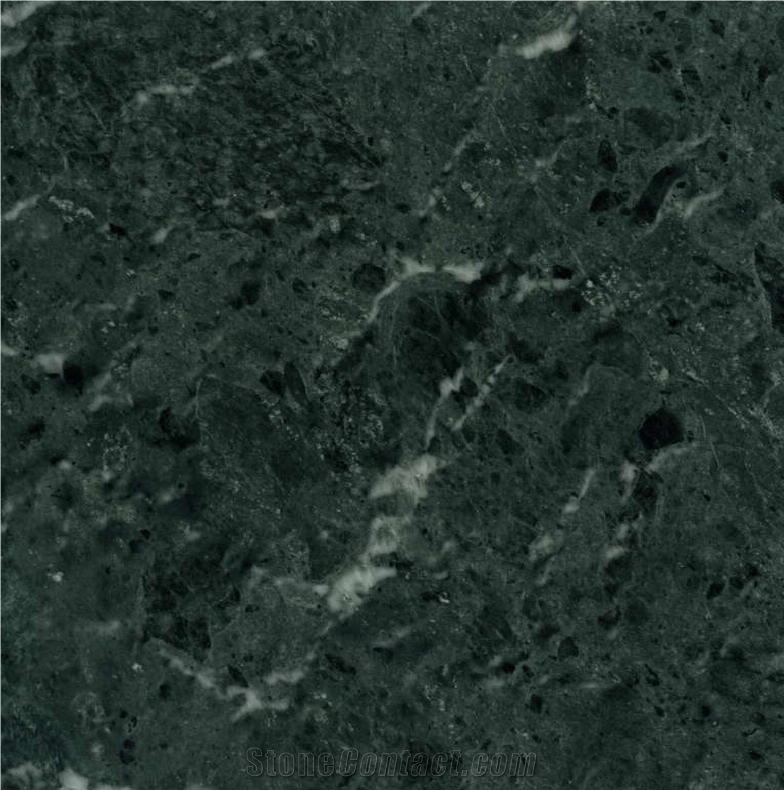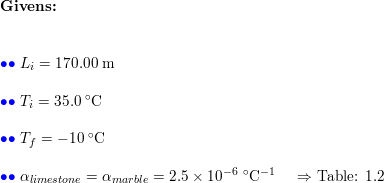Thermal Coeffiient Expansion Marble

Marbles as building stones as well as in their natural environments show complex weathering phenomena.
Thermal coeffiient expansion marble. Cement concrete quartzite. Thermal expansion is the tendency of matter to change its shape area volume and density in response to a change in temperature usually not including phase transitions. Therefore the rock fabric and especially the lattice preferred orientation texture of. Thermal expansion is large for gases and relatively small but not negligible for liquids and solids.
1 2 to 1 3 x 10 5. Heat transfer coefficient from inside h heat transfer coefficient from outside k coefficient of thermal conductivity w m. Granite 0 0000044. Material properties material properties for gases fluids and solids densities specific heats viscosities and more.
Abs pipes pressure ratings pressure ratings of. Thermodynamics effects of work heat and energy on systems. The coefficient of linear thermal expansion clte of any material is the change of a material s dimension per unit change in temperature. When a substance is heated molecules begin to vibrate and move more usually creating more distance between themselves.
Heat flow or flux q in the earth s crust or in rock as a building material is the product of the temperature gradient change in temperature per unit distance and the material s thermal conductivity k the heat flow across a surface per unit area per unit time when a temperature difference exists in unit length perpendicular to the surface. Temperature is a monotonic function of the average molecular kinetic energy of a substance. Thermal expansion coefficient of metals materials. Temperature expansion thermal expansion of pipes and tubes stainless steel carbon steel copper plastics and more.
Special thanks to reader eric. 0 9 to 1 2 x 10 5. K l length m q total heat transfer watt q heat flux w m2 r thermal resistance. The thermal expansion of marble is about the same as granite coefficient of expansion in inches of expansion per inch of material per degree f.
Dl expansion in dt temperature differences c or k h heat transfer coefficient w m2. Extreme expansion parallel and contraction normal to the crystallographic c axis. Linear thermal expansion is δl αlδt where δl is the change in length l δt is the change in temperature and α is the coefficient of linear expansion which varies slightly with temperature. Rock rock thermal properties.
The most important damage scenario is based on the highly anisotropic thermal expansion coefficient α of calcite i e.








